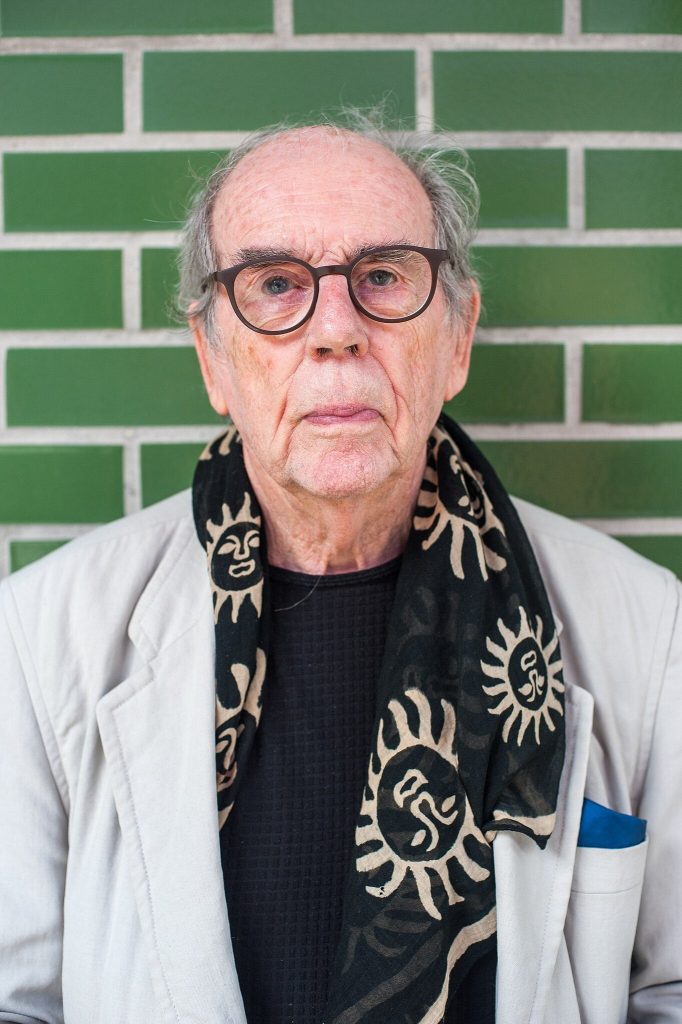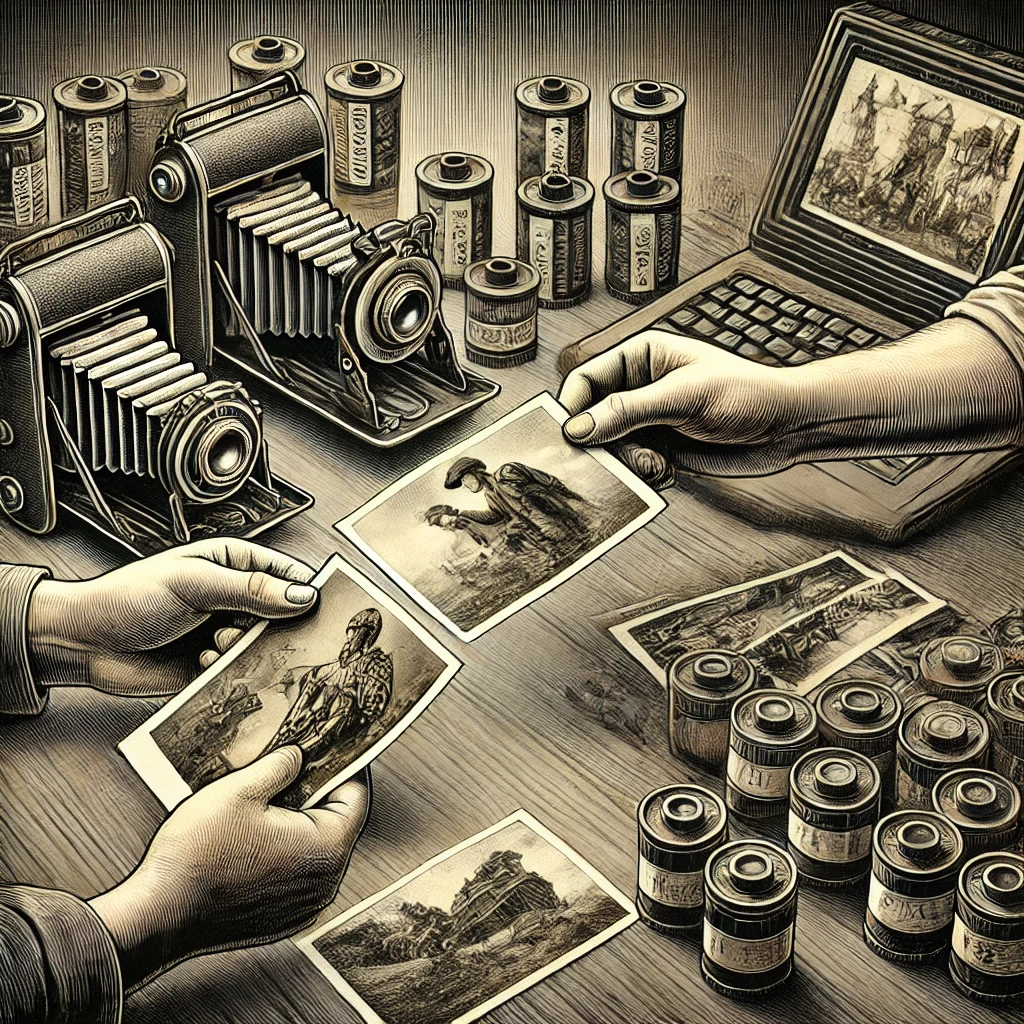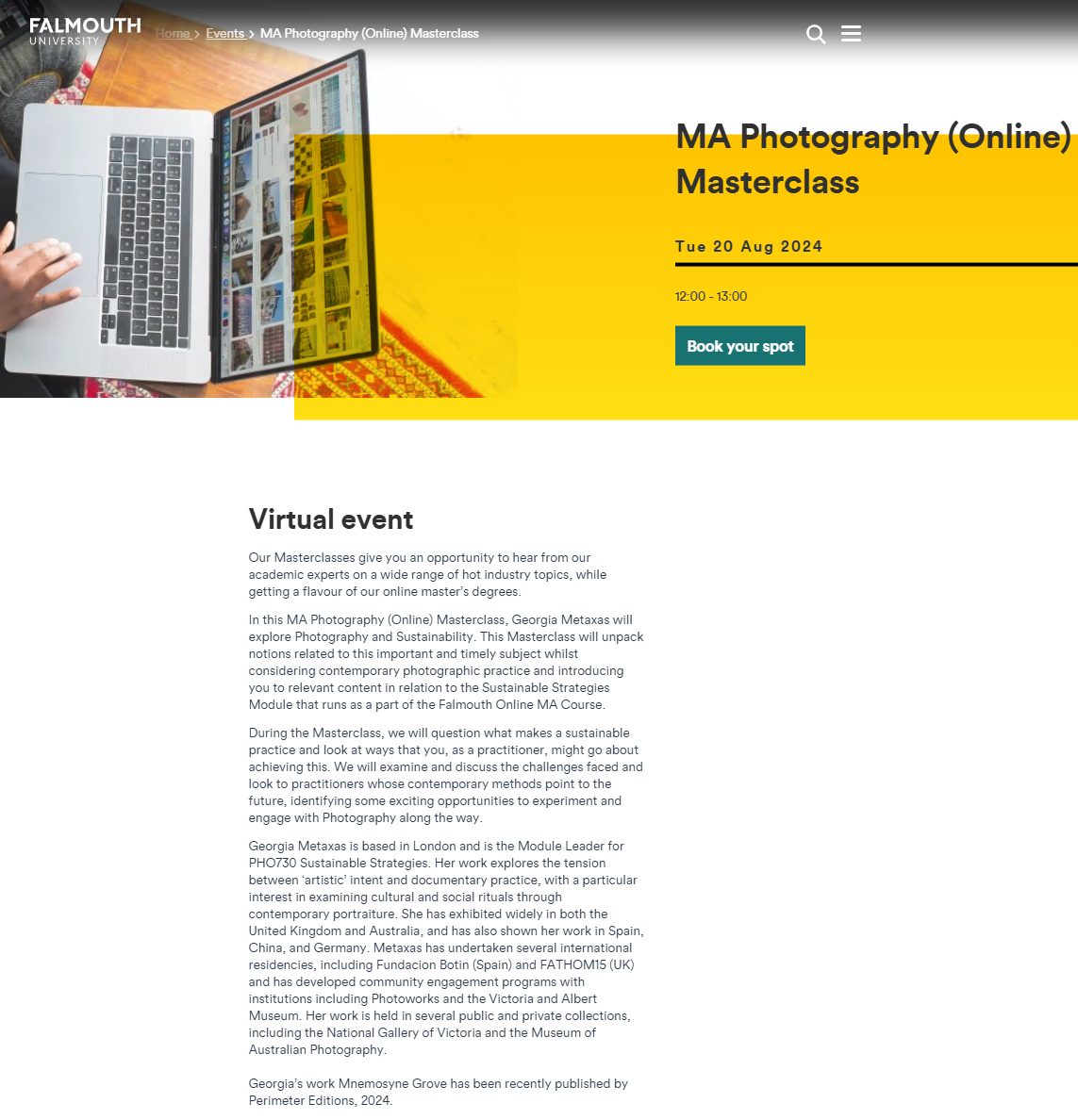A Photographer’s Exchange
Print swapping, a practice where photographers exchange prints of their work with one another, has long been a cherished tradition within the photography community. This practice gained notable attention when David Hurn, a renowned photographer and lecturer at Cardiff, showcased his extensive collection, much of which he acquired through such swaps. Hurn’s efforts have highlighted the value of this practice, not just for the exchanged prints but for the deeper connections and mutual respect it fosters among photographers.
A Brief History of Print Swapping
Print swapping dates back to the early days of photography, serving as a way for photographers, often working in isolation, to connect with their peers and share their work outside commercial galleries or exhibitions. The process is simple: photographers select a print that represents their work and trade it with another photographer. Over time, these exchanges grew into treasured collections, each print symbolising a professional connection, a moment of creative resonance, or a gesture of friendship.

In 2017, Hurn donated 1500 of his photographs, and 700 of other peoples’ photographs, to Amgueddfa Cymru – National Museum Wales. He built his private collection of other peoples’ work by swapping prints with them. National Museum Cardiff held an exhibition of the latter collection in 2017/2018, entitled Swaps: Photographs from the David Hurn Collection.
David Hurn’s collection exemplifies this tradition’s beauty. It includes works from some of the most influential photographers of the 20th century, all acquired through simple, respectful exchanges. Hurn’s collection serves as a testament to the relationships and mutual admiration that underpin the world of photography, often built through the humble print swap.
How Print Swapping Works
The mechanics of print swapping are straightforward, yet hold significant meaning. Typically, two photographers agree to exchange prints, each sending the other a photograph they feel represents their best work. These prints are often signed and may include a personal note or inscription. The process is usually informal, facilitated by personal connections, online communities, or photography events.
In recent years, print swapping has moved into the digital age, with online platforms and social media groups connecting photographers who wish to trade prints. These platforms make it easier for photographers from different parts of the world to engage in this practice, broadening the scope and diversity of the exchanges. However, the essence remains the same: a print swap is a personal exchange and a mutual appreciation of each other’s work.
Why Photographers Should Engage in Print Swaps
For budding photographers, engaging in print swaps can be profoundly rewarding. Firstly, it allows them to build a collection of physical prints that serve as a source of inspiration and a record of the relationships they’ve cultivated within the photography community. Each print tells a story, not just of the image itself but of the connection between the photographers involved.
Secondly, print swapping fosters a sense of community and camaraderie among photographers. In an industry often driven by competition, the act of exchanging prints reminds us that photography is, at its core, an art form meant to be shared. It encourages photographers to support and learn from each other, rather than viewing one another as rivals.
Additionally, in an era dominated by digital images, there is something uniquely satisfying about holding a physical print. Print swapping brings photography back to its tangible roots, allowing photographers to appreciate the craft of printing and the physicality of their work.
One of the most significant, yet often overlooked, benefits of print swapping is its potential financial value. If one photographer in a swap becomes commercially successful, the early work they exchanged can increase in value. This provides their less fortunate peer with the option to sell the print and benefit financially. This scenario not only highlights the importance of early recognition among peers but also underscores how print swapping can have long-term rewards.
Examples of Successful Print Swaps
Consider the case of David Hurn himself. In the 1960s, he exchanged prints with his friend and fellow photographer, Tony Ray-Jones. Ray-Jones, who was relatively unknown at the time, later became a significant figure in British photography, with his work gaining considerable acclaim posthumously. Hurn’s collection includes some of these early Ray-Jones prints, which have since appreciated in value, not just artistically but financially.
Another example is the American photographer Ansel Adams, who, in his early career, swapped prints with several contemporaries. Some of these prints, which were exchanged without any commercial intent, have become highly valuable collectors’ items, providing financial benefits to those who held onto them as Adams’ fame grew.
Conclusion
Print swapping is more than just an exchange of photographs; it’s a tradition that embodies the spirit of the photography community. It allows photographers to build meaningful connections, collect inspiring works, and share in the joy of their craft. The added potential financial benefit, as seen in the cases of David Hurn and Ansel Adams, makes print swapping not only a practice of artistic exchange but also a smart investment for the future. Whether you’re an established professional or a fledgling photographer, engaging in print swaps is a way to enrich your artistic journey, connect with the broader photographic world, and perhaps even secure a piece of history that grows in value over time.


